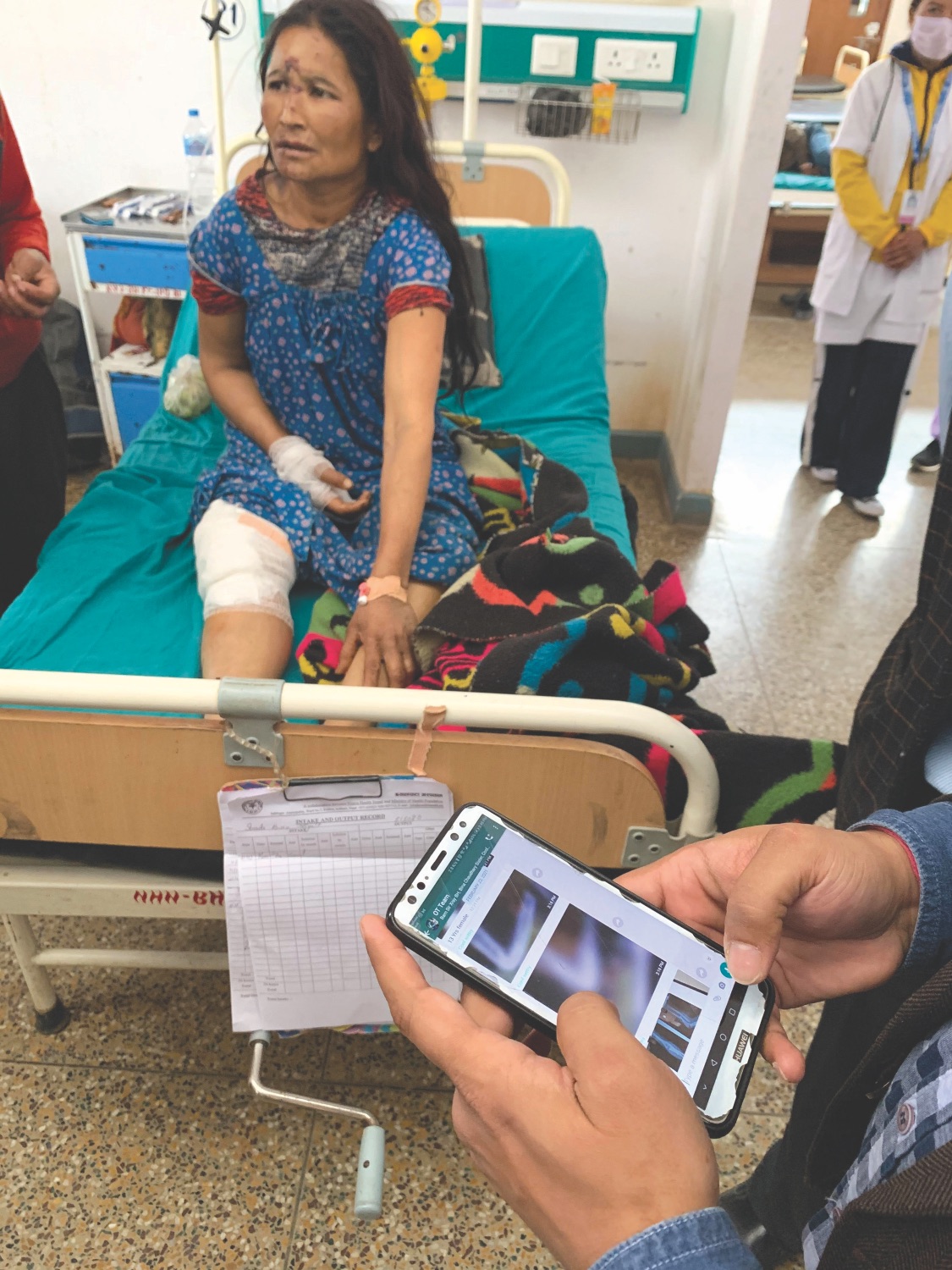Devolution for development

One afternoon last month in Ramaroshan Rural Municipality of Achham district, 45-year-old mother of five, Sarada Bista, was lopping fodder for the family livestock near her home.
Suddenly, she lost her footing, fell off the tree and rolled down the steep slope. When she regained consciousness, she could not move. Her leg was broken, and she had gashes all over her body.
Bista yelled for help, but a neighbour thought there was a ghost in the forest and did not respond. Hours later, rescuers finally arrived and she was taken to the hospital at Bayalpata, a three-hour drive away.
There, orthopaedic surgeon Mandeep Pathak got a digital x-ray of her broken left femur, and operated on the leg to rejoin the shaft bone. She was moved to a ward and when we saw her a few days later, was recovering well.
People frequently fall off trees and cliffs in Nepal, mainly women. And there has been a rise in highway accidents with serious trauma patients. Yet, most government hospitals in rural Nepal are not equipped for even the simplest surgeries, or cesarean sections.
Sarada Bista was treated for free at Bayalpata Hospital which is run by the non-profit Nyaya Health Nepal. Her family would have not been able to afford to take her to a hospital in the city if the facility had not been there.
The hospital has treated nearly 1 million patients from Achham and six surrounding districts in the past ten years, saved thousands of people with fractures or complicated pregnancies. By offering free treatment it has also prevented many families from certain destitution.
“This is an example of what health care in Nepal should be,” says the mayor of Sanfebagar Rural Municipality Kul Bahadur Kunwar, who himself had surgery at the hospital when he broke his arm four years ago. “We have to keep it going through our own budget, and implement an insurance scheme that will make it sustainable.”
In the past three years after Nepal’s first elections to three tiers of government under the new Constitution, there has been much cynicism about federalism. Indeed, there are municipalities where corrupt contractors got elected as mayors, some became chief ministers and could not care less about the welfare of their constituents because of factional infighting within their party.

However, there are places like Sanfebagar where elected local leaders are familiar with local needs and challenges, and feel accountable to inhabitants. These municipalities do not make it to the news because there are no major scandals, health and education have improved, and despite the pandemic development is happening.
In Dhangadi, the Chief Minister of Far-Western Province Trilochan Bhatta has not let the split in the NCP affect his effort to ensure affordable and accessible health care to a region, long neglected by Kathmandu.
“It is our responsibility now, and we understand our own region better than anyone else from outside,” Bhatta said.
The people of Far-Western Province seem to have noticed this new engagement of their leaders in the past three years. The results of a nationwide public opinion survey conducted by Sharecast Initiative Nepal show that although most Nepalis are disillusioned with Kathmandu, most are happy with the devolution of political power and resources to local councils.
Asked if they are satisfied with the performance of the local municipality or ward, half the respondents in Far-Western Province said ‘yes’. In response to a question about which tier of government was performing best, 63% said it was the local municpality. Only 17% thought the federal government was doing its job well.
In Bayalpata and dozens of hospitals across the country, there is proof that elected local leaders are using political devolution to deliver development and provide services.




